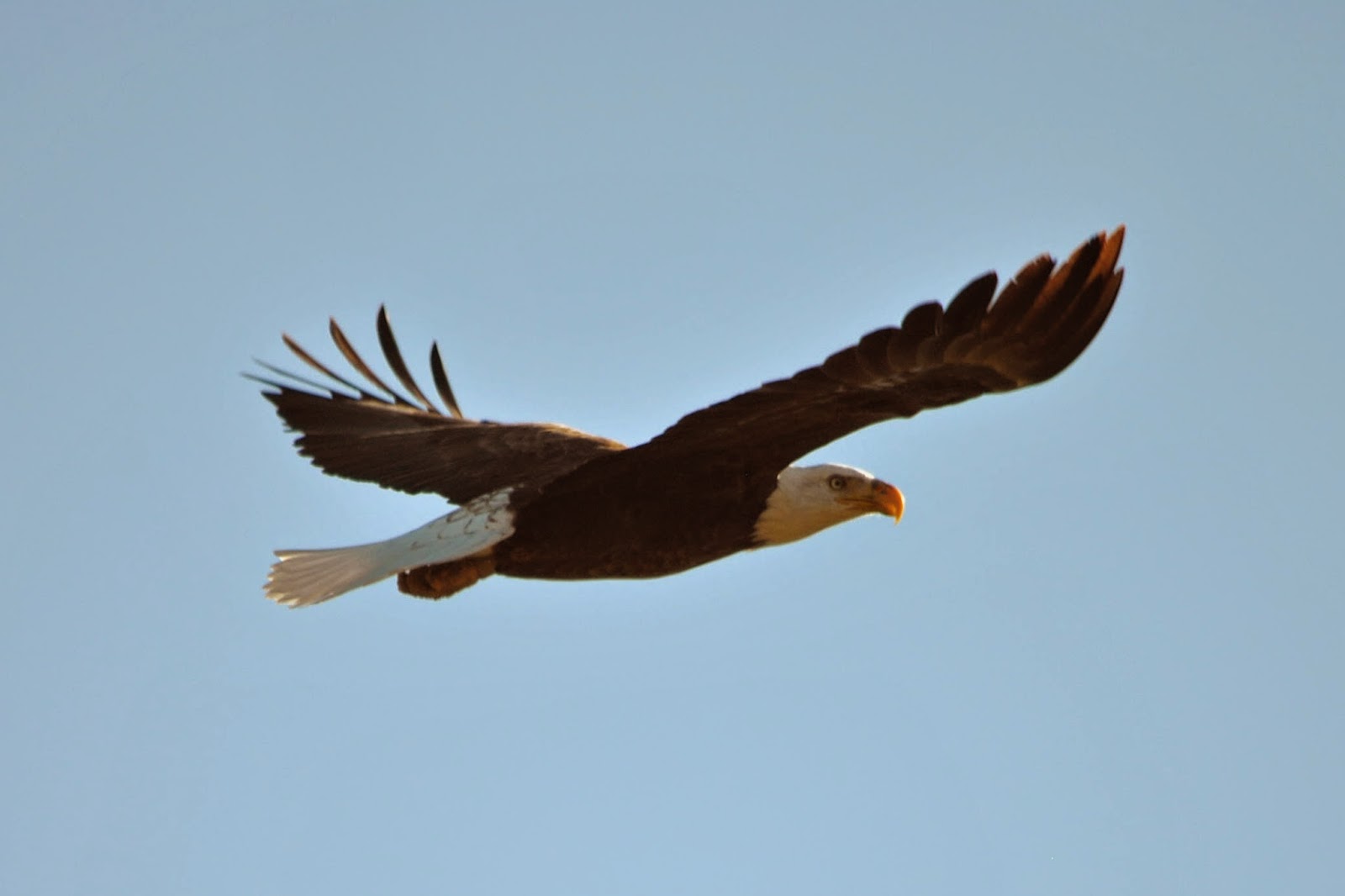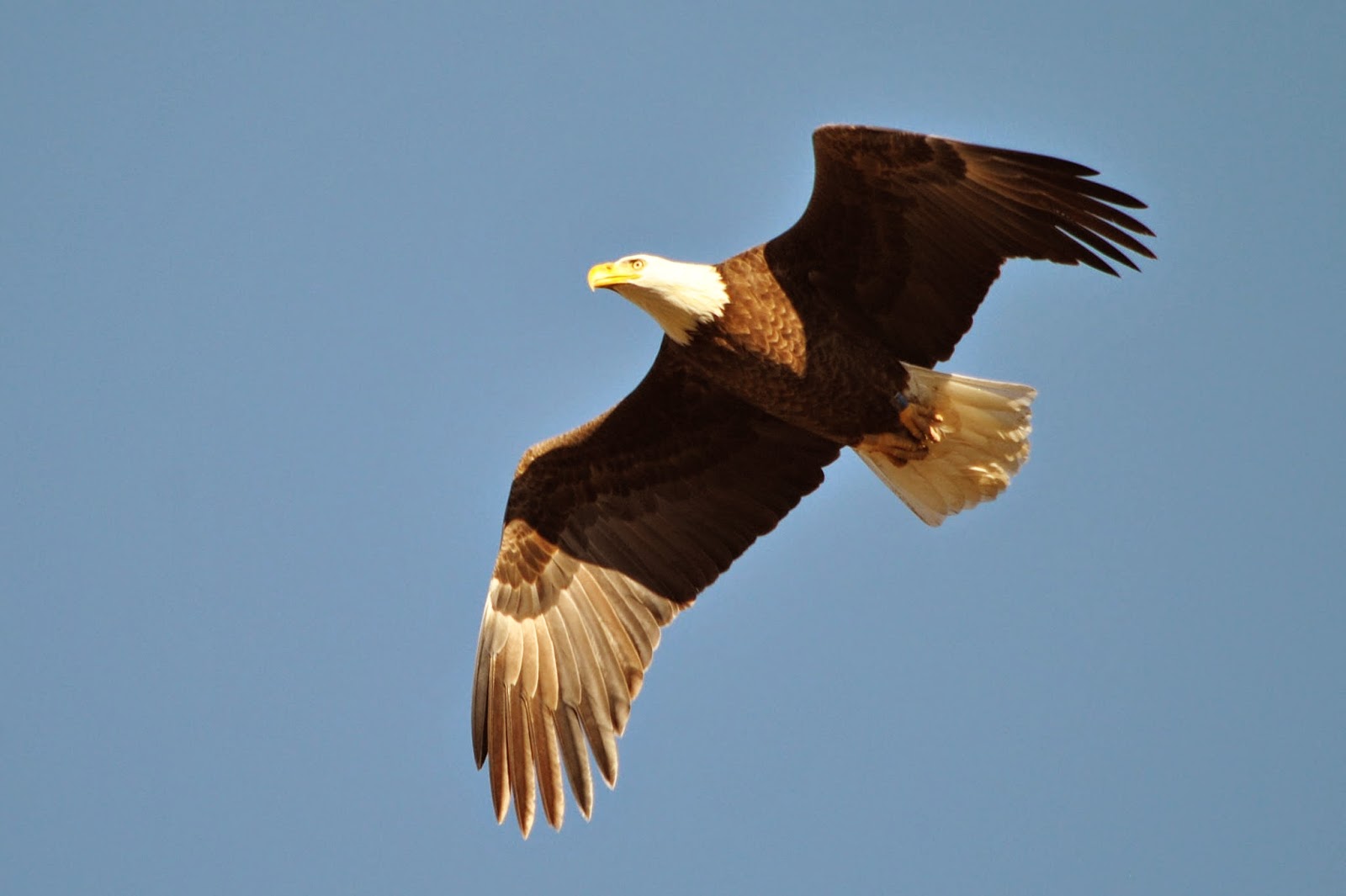Before we started the IBA count in the Arlington WA area, we took a quick stop by the Lower River Road Ponds. The two ponds had many birds with the west pond having lots of mudflats which resulted in lots of peeps. As we scanned through the Least Sandpipers we were able to find one Western Sandpiper. Can you pick him out?
There were also three Canvasbacks.
After our short visit to the LRR ponds we drove over to Arlington and started our IBA count. It did not take long for us to find the Lesser Goldfinches that stay around the dead tamarasks.
As we walked further, I found my lifer Swamp Sparrow along the thickly vegetated ditch that is on the opposite side of the road than the wetlands. But even though I tried hard the bird seemed to elude my camera. Mr. Paul and I both had the same target bird and that was the Sandhill Crane, I have had short looks at them as they fly very high up in the sky and as they take off from some of the fields around the valley, but I have never been able to get my binocs on those suckers! So I started scanning the fields, and it didn't take me long to find a flock of them way out there!
See those gray dots? Well that's them!
When we finally reached the end of the wetlands we had yet another Swamp Sparrow, only in the reeds and it was calling. However, this bird also eluded my camera, but this Wilson's Snipe didn't!
Before we knew it our IBA count was over, but after a stop at the restaurant off the US 80, Mr. Paul, Ms. Donna, and I tried to get better looks at the cranes and check out the surrounding area. Once we turned onto a dirt road we started to approach the cranes, and as we got closer we noticed there was a lot more in the area! There were Long-billed Curlews, Greater Yellowlegs, White-faced Ibis, Sandhill Cranes, Turkey Vultures, and a kettle of 26 Black Vultures. While we kept on driving I noticed three large birds flying out in the distance. Once I put my binocs up I saw there were two TUVU's and a Crested Caracara!!!
I have found a CRCA near my house before, but I was unable to get a diagnostic photo. It has been one of the birds that I have wanted to get proof of, since my first sighting in Maricopa. As the bird continued soaring in the thermals I noticed it was getting closer and closer and then all of the sudden the bird dove down and landed in a field that was not very far from us at all! And to add to all of this awesomeness, the CRCA was Mr. Paul's 200th bird of the year!!!
Crested Caracara!!!
Ms. Donna was telling Mr. Paul and I about how gutsy CRCA's can be, but once this guy made a TUVU back off I was amazed, Ms. Donna was correct!!!
After we observed the caracara for a while, he decided he had to fly to another field.
Now, even with all of this caracara excitement I must move on to the other awesome birds that like the Arlington Valley.
Long-billed Curlew
Sandhill Crane
Lark Sparrow
Before we left Arlington I noticed a Red-tailed Hawk and I remembered that there is a "light morph" Harlin's Red-tailed Hawk that spends the winter here and has been for about 8 years now! The Harlin's RTHA is rare in AZ and the light morph makes up less than 1% of all Harlin's Hawks, so this bird is super rare in AZ!
Before we ended our birding trip we stopped by the Lower River Road Ponds one more time. When we parked the car and started scanning we found a flock of geese that consisted of 4 Ross's Geese and 6 Snow Geese.
The Ross's Geese are on the left and the Snow Geese are on the right.
The Ross's Geese were lifers for me so I tried to get closer, but when I got to where I could see the pond again I couldn't find them! However, I was still satisfied with my scope views. Once I got back to my house I gave Mr. Tommy D (AKA "The King Of Maricopa") a call to let him know about the Crested Caracara (a bird he has yet to see in Maricopa). And after leaving a message he called me back and before I knew it he picked me up and we were on a chase! Unfortunately, we were unable to relocate the bird. After being slapped by the caracara we stayed in the area until after dusk to look for a Short-eared Owl (another bird Mr. Tommy has yet to get in Maricopa) but we struck out on that bird as well. We did however, see a couple of Great Horned Owls and a Burrowing Owl.
After getting back from Arlington for the second time I went to bed and woke up to go on my second IBA count, at the B & M. The Baseline and Meridian WA is one of my favorite places to bird. This place almost never lacks birds. In the summer they have breeding Ridgway's and Virginia Rails, Least Bitterns, Yellow-billed Cuckoos, Barn and Great Horned Owls, in the spring and fall there is no telling what you might find, and in the winter they almost always have one or two rarities that stay for a while. Everyone met up at 7:15am and we birded in the mid 30 degree cold temps! One of our first highlights were two female Hooded Mergansers that flew around the large lake and ponds. After the mergansers we mostly just had the usual species, until I heard a very soft chip note coming from a thick riparian area west of Avondale bridge, it sounded like a cross in between a Yellow Warbler and a Lark Sparrow, but it was very soft and gentle. Upon getting closer I noticed it was a female American Redstart! I was able to get a couple of very bad photos, but hey they are diagnostic!
After the eastern warbler excitement we had to head back around, and we decided to bird a stand of riparian trees, just east of the bridge and on the north side of the river. Last year they had Eastern Phoebe and Orchard Oriole spend the winter in these trees, so we thought it would be worth it to check. It was very quiet at first but once the birds calmed down it became quite active. But things got awesome when we heard a Winter Wren calling from the extremely thick brush! This is the second time I have heard WIWR this month so who knows when I will finally get to see and maybe even photograph one these rail behaving-wrens! We ended the IBA survey with an awesome 60 species of bird at the B & M. I had an amazing two days of birding with many highlights and I must thank Mr. Joe Ford, Mr. Paul Doucett, Mr. Tommy DeBardeleben, Ms. Donna Smith, Ms. Haylie Hewitt, Ms. Vera Markham, and my parents for helping and allowing me to go out and bird!


































































